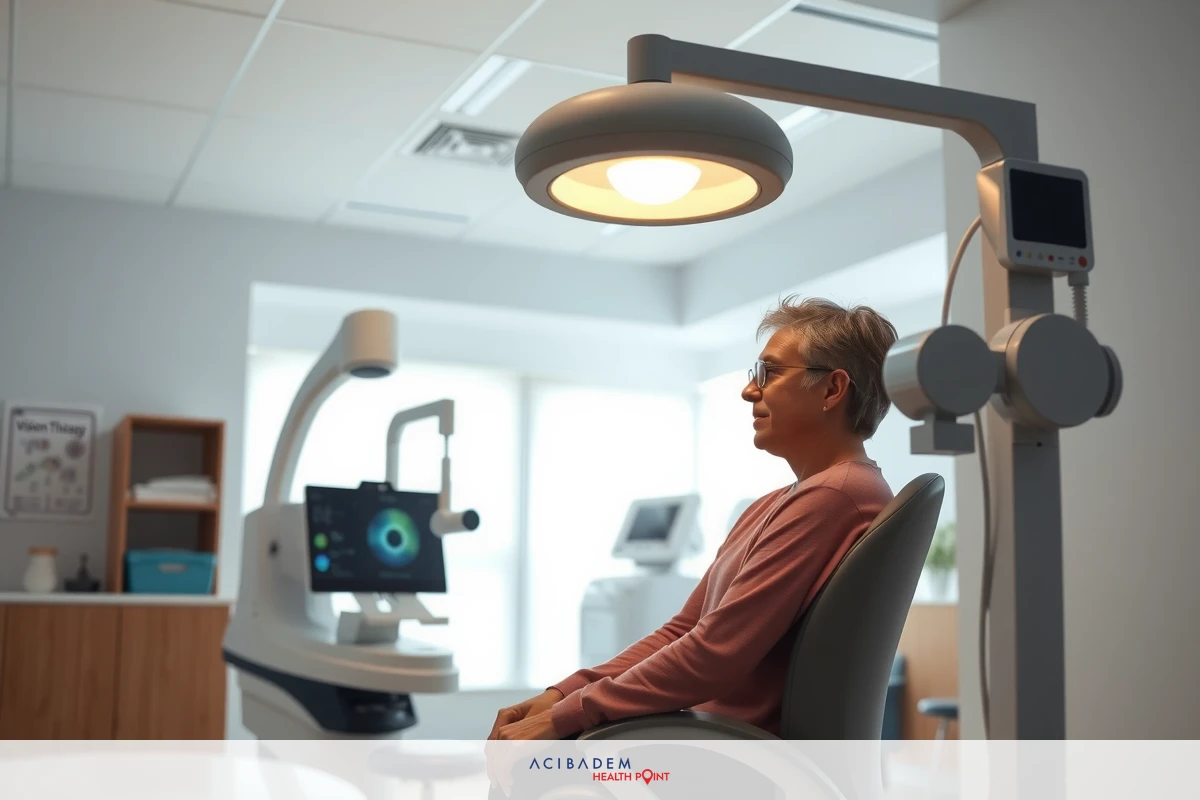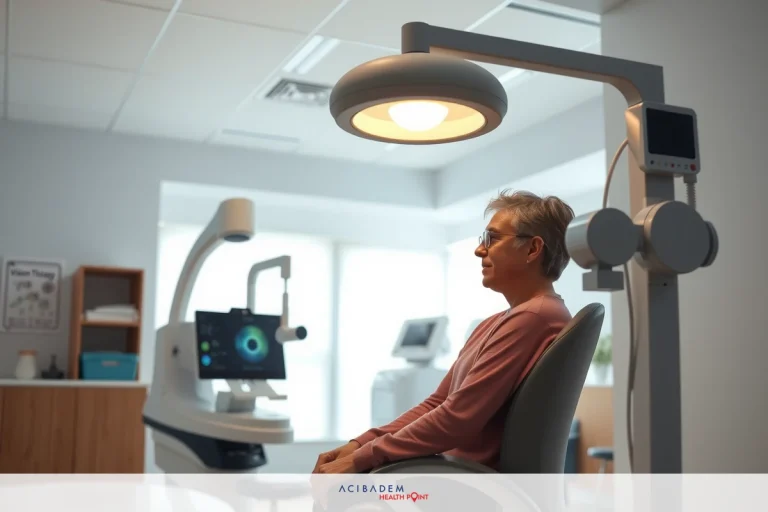Does LASIK Fix Cross Eyes?
Does LASIK Fix Cross Eyes? LASIK has sparked intrigue among those with vision problems. It’s an innovative treatment that uses laser technology to rectify various visual impairments. Among the myriad of inquiries surrounding this technique is whether it can fix cross eyes—a condition where the eyes do not look at the same point simultaneously.
There are multiple layers to understanding how LASIK works and its potential effectiveness on different conditions. To start, it reshapes the cornea—the clear front part of your eye—so light traveling through it is properly focused onto the retina located in the back of your eye. This process helps improve vision significantly. When considering cross eyes or strabismus, which involves a lack of coordination between extraocular muscles, we must scrutinize beyond just refractive errors.
While some individuals may hope for LASIK to be their one-stop solution for all vision issues including cross-eyes; it’s crucial to have an exact understanding based on scientific facts and expert opinions rather than mere assumptions or misconceptions.
What is LASIK?
LASIK, an acronym for Laser-Assisted In Situ Keratomileusis, stands as a revolutionary procedure in the realm of vision correction. It primarily targets refractive errors—the main culprits behind nearsightedness (myopia), farsightedness (hypermetropia), and astigmatism. Using laser technology with microscopic precision, it reshapes the cornea to improve how light enters your eye and falls onto the retina. The end goal? Clearer vision without heavy reliance on glasses or contact lenses.
There’s more to LASIK than just its primary function of rectifying refractive errors though. During this procedure, an experienced ophthalmologist creates a thin flap in the cornea using either a microkeratome blade or a femtosecond laser. Underneath this flap lies the stroma—the middle layer of your cornea—where collagen fibers reside. With calculated pulses from an excimer laser—a type that doesn’t generate heat—the surgeon removes enough tissue to accurately reshape your corneal curvature.
The nuances involved in LASIK go beyond its operative steps; postoperative care forms another critical facet of this treatment journey leading towards improved vision quality. Following surgery, protective shields are usually placed over your eyes to guard against any accidental rubbing or bumping while they heal naturally—further reinforcing LASIK’s non-invasive appeal among those seeking visual freedom from corrective eyewear.
Can LASIK Correct Cross Eyes?
Cross eyes, or strabismus, is a condition characterized by misalignment of the eye muscles that control gaze direction. The question arises: can LASIK, an operation renowned for its efficacy in correcting refractive errors, also rectify cross eyes? To answer this query comprehensively, it’s essential to comprehend how LASIK functions and whether these mechanisms align with the requirements for treating cross eyes.
LASIK fundamentally works on reshaping the cornea—the transparent layer forming your eye’s front—for enhanced light refraction onto the retina. It doesn’t directly interact with extraocular muscles responsible for controlling eye movement. Strabismus involves a lack of coordination among these muscles causing one or both eyes to turn in different directions—upwards, downwards, towards nose (convergent), or away from nose (divergent). Henceforth, LASIK cannot technically correct cross eyes as it targets a distinct area and aspect of vision correction unrelated to muscle control.
In contrast to refractive errors corrected by LASIK where light does not focus correctly onto the retina due to shape abnormalities of cornea or lens; strabismus relates more towards neurological and muscular elements rather than optical ones. Therefore while some individuals might notice improvements in their overall visual acuity

post-LASIK surgery which could indirectly influence alignment issues; expecting LASIK alone to cure cross-eyes would be misconstrued. It’s important that patients consult with their ophthalmologist about appropriate treatments tailored specifically towards their unique case of strabismus.
Alternative Treatments for Cross Eyes
The reality that LASIK may not directly rectify cross eyes doesn’t mean those affected by strabismus are without options. Various other treatments have been developed and perfected over the years specifically targeting this condition, offering hope to those yearning for aligned vision.
- Eye Exercises: Certain types of strabismus can be improved with specialized eye exercises designed to strengthen the extraocular muscles and enhance coordination between them.
- Glasses or Contact Lenses: In some cases, wearing corrective eyewear can help re-align the eyes by altering how light enters them.
- Prism Lenses: These special lenses bend light entering the eye, helping align images with both eyes so they work together better.
- Patching: Patching involves covering the stronger eye to force use of the weaker one, thus improving its strength and alignment.
- Botox Injections: Administered into an extraocular muscle, these injections temporarily weaken it so it pulls less against its counterpart—helping correct misalignment.
- Surgery: Eye muscle surgery is often recommended when non-surgical treatments fail to provide satisfactory results; surgeons adjust length or position of muscles controlling eye movement to achieve better alignment.
It’s essential for patients grappling with strabismus to discuss these alternatives extensively with their ophthalmologist before deciding on a course of action—each person’s case is unique and demands personalized care and treatment planning!
Frequently Asked Questions
Can LASIK surgery correct my cross eyes?
No, LASIK is primarily designed to correct refractive errors such as nearsightedness, farsightedness and astigmatism. It does not directly address the misalignment of eye muscles which causes cross eyes.
Are there any treatment options available for correcting cross eyes?
Yes, several other treatments are available for addressing strabismus or cross-eyes. These include eye exercises, corrective eyewear like glasses or contact lenses, prism lenses, patching the stronger eye to strengthen the weaker one, Botox injections into an extraocular muscle and in some cases even surgery.
What kind of doctor should I consult for treating my crossed-eyes?
In order to get a comprehensive evaluation and treatment plan tailored specifically to your condition it would be best to consult an ophthalmologist who has special expertise in dealing with strabismus.
Could I see improvements in my overall vision quality after undergoing LASIK surgery even if it doesn't directly treat crossed-eyes?
Yes! While LASIK cannot technically fix crossed-eyes; by improving overall visual acuity through correction of refractive errors it could indirectly influence alignment issues though this varies from case-to-case.








